Best Seasons for Foundation Repairs
Foundation repairs are most effectively performed during periods of stable weather. Mild temperatures and dry conditions help ensure proper curing of materials and reduce the risk of complications caused by moisture fluctuations. Typically, the best seasons are late spring and early fall, when weather conditions are generally predictable and manageable.
Dry and moderate temperatures facilitate proper curing and adhesion of repair materials, minimizing the risk of future issues.
Repair work should be avoided during extreme cold, heat, or heavy rainfall to prevent delays and compromised results.
Spring and fall often provide windows of opportunity with fewer weather-related interruptions.
Soil moisture levels are ideal during dry seasons, reducing the risk of further shifting or settling after repairs.

Image showing foundation stabilization work.

Image depicting foundation damage before repairs.

Image of a finished foundation repair project.

Ways to make Foundation Repairs work in tight or awkward layouts.
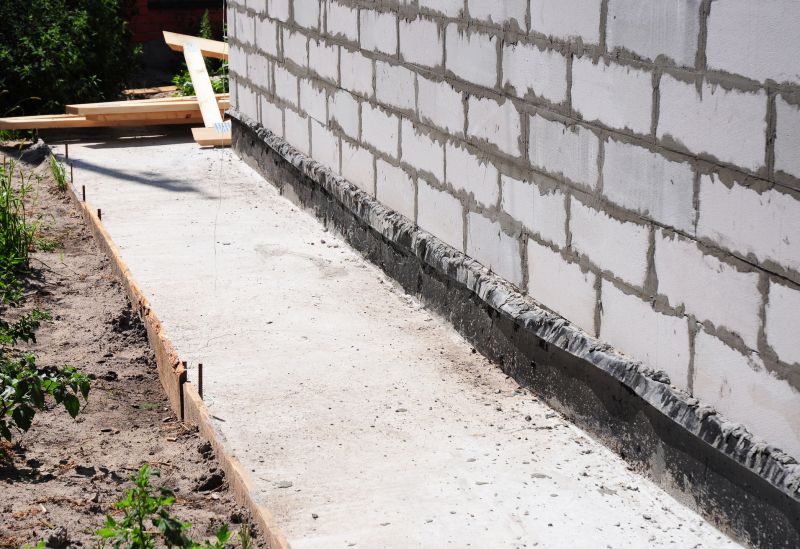
Popular materials for Foundation Repairs and why they hold up over time.

Simple add-ons that improve Foundation Repairs without blowing the budget.
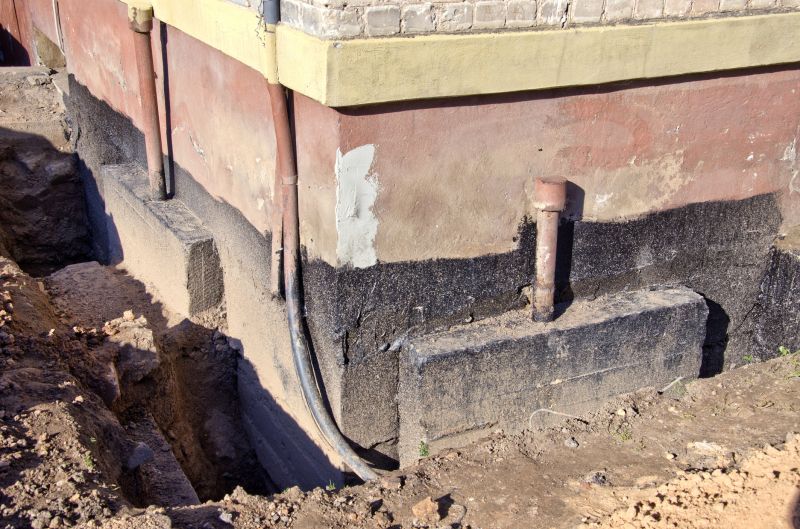
High-end options that actually feel worth it for Foundation Repairs.
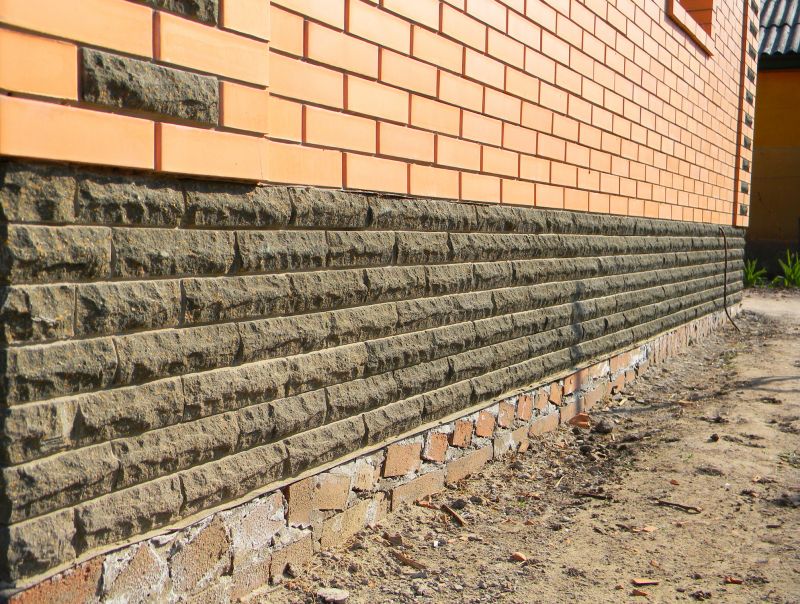
Finishes and colors that play nicely with Foundation Repairs.
| Season | Ideal Conditions |
|---|---|
| Spring | Moderate temperatures, dry soil, manageable weather |
| Summer | Potential for high temperatures, risk of rain |
| Fall | Cooler temperatures, dry conditions, optimal for repairs |
| Winter | Cold temperatures, frozen ground, not recommended |
Foundation repairs are essential for maintaining the structural integrity of a building. Addressing issues promptly can prevent further damage and costly repairs in the future. Common signs of foundation problems include visible cracks, uneven flooring, and sticking doors or windows. Repair methods vary depending on the severity and type of damage, ranging from minor crack injections to underpinning and piering techniques.
Statistics indicate that early intervention can significantly extend the lifespan of a foundation. Proper timing for repairs ensures that materials cure correctly and that the foundation remains stable. Seasonal considerations are a key factor in planning effective repair strategies, with mild, dry conditions providing the best environment for successful outcomes.

Image of crack injection process.

Image showing underpinning work.

Image of soil stabilization techniques.
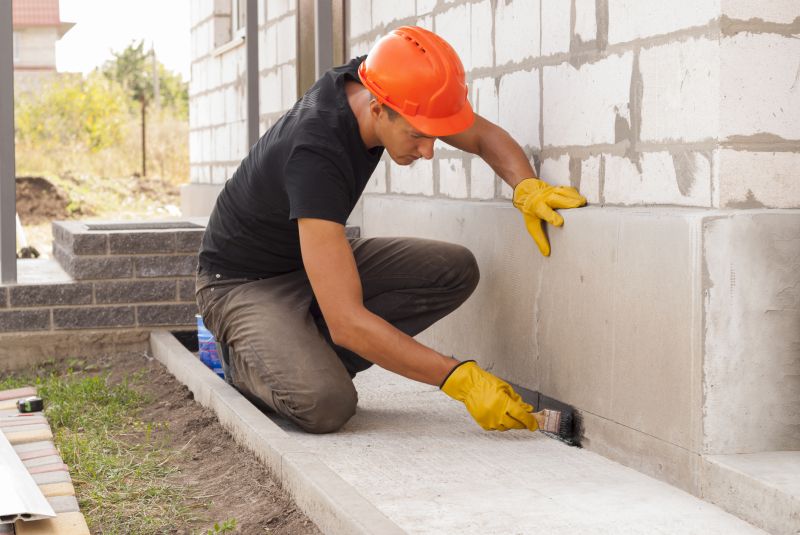
Image of a technician assessing foundation condition.

Little measurements that prevent headaches on Foundation Repairs day.
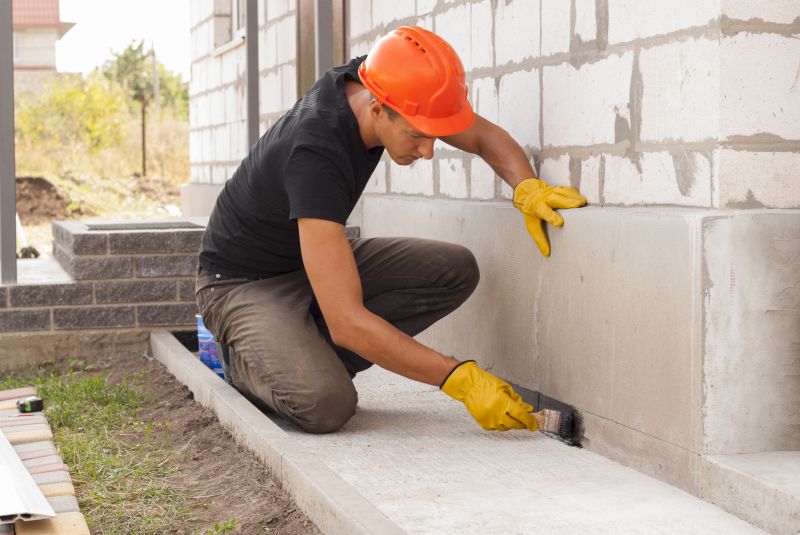
A 60-second routine that keeps Foundation Repairs looking new.
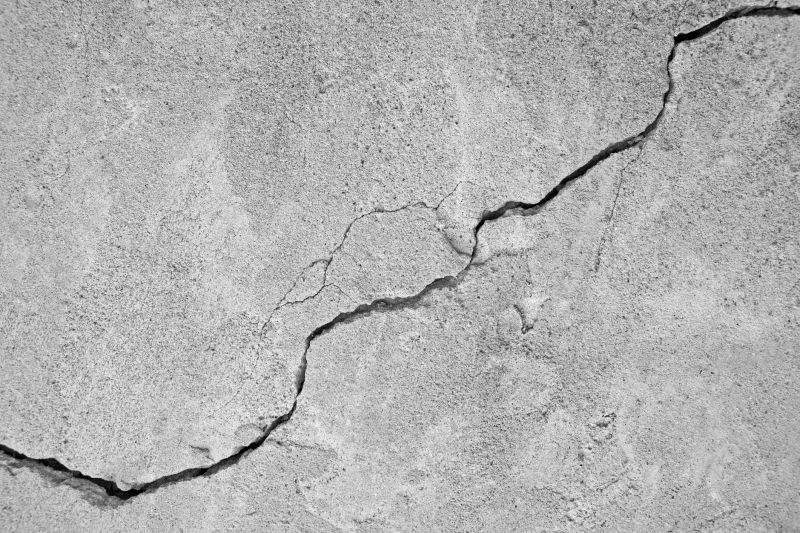
A frequent mistake in Foundation Repairs and how to dodge it.
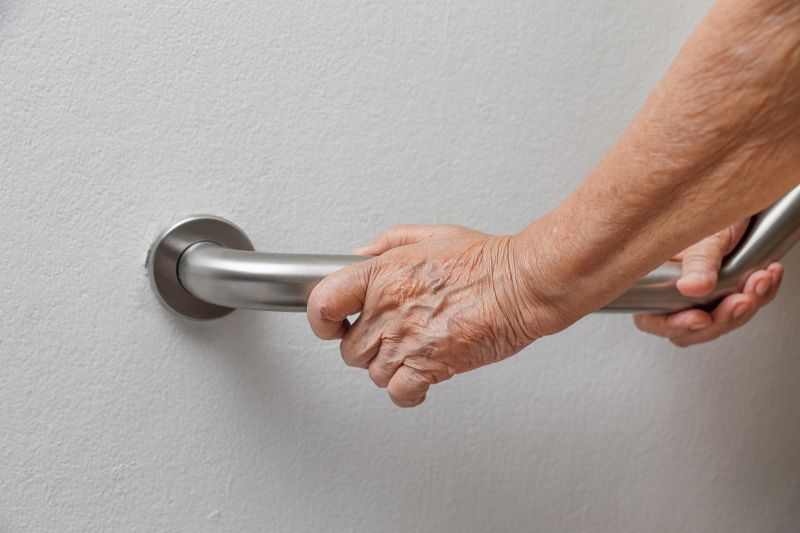
Small tweaks to make Foundation Repairs safer and easier to use.
Interested in foundation repairs? Filling out the contact form can provide more information on scheduling and options tailored to specific needs.

